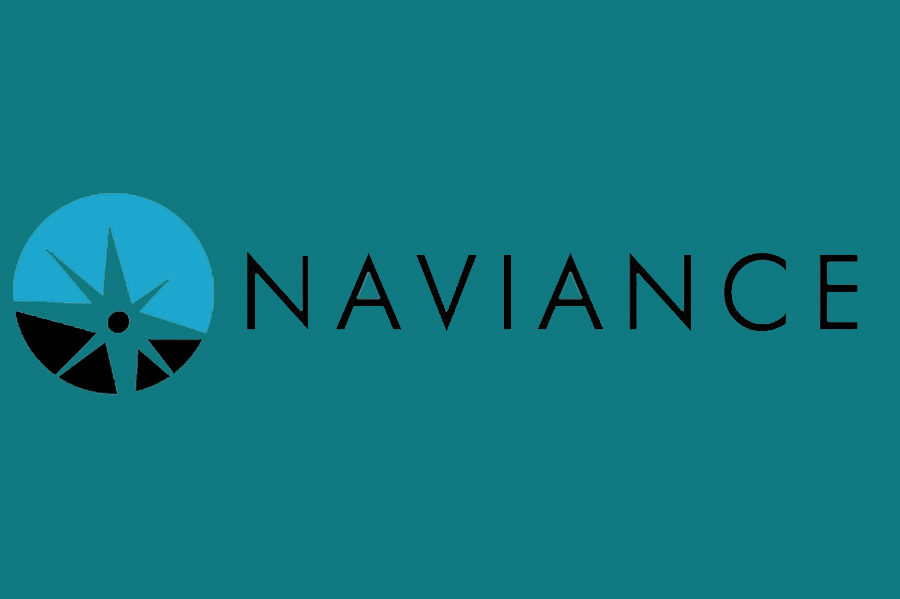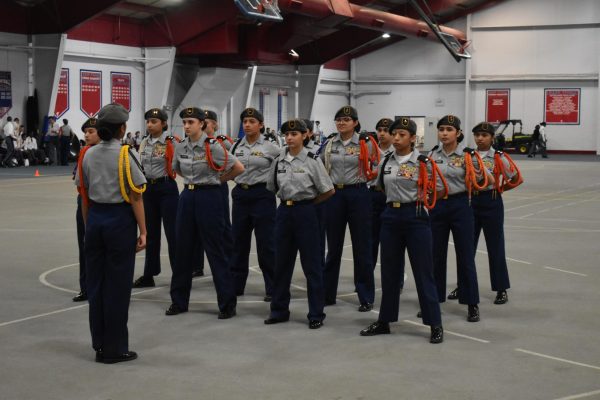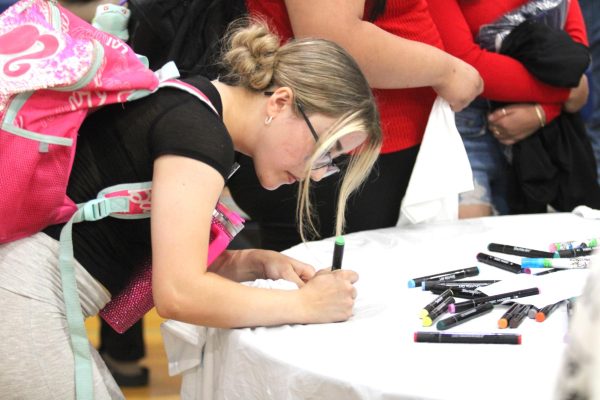Naviance software streamlines college, career planning
The Naviance logo is a trademark of Naviance Inc.
Naviance is an online career and college planning service used across the country. The school district is currently in the process of implementing it, starting with helping seniors apply to college.
Education has become more and more digitized in recent years. Technologies such as Google Drive, PowerSchool and online classes are increasingly prevalent. The latest addition to this regiment is a college and career planning website called Naviance.
Naviance, a service used across the country, is initially being rolled out to help seniors apply to college; it includes features that allow students to request transcripts and recommendations. However, Director of Counseling Rachel Linden sees many more uses for it in the future.
“There are so many cool things about it,” Linden said. “It’s just streamlining the process.”
Linden had been hearing about Naviance from colleagues around the state for a while, but didn’t realize it’s full promise until the Naviance team presented to the counseling team last year.
“Once we saw the platform and realized all of its potential, it kind of blew us away,” Linden said. “There was all this stuff we were finding different ways of doing. Like, ‘Oh, we’ll use Google Classroom for this. Oh, we’ll use PowerSchool for this. We’ll use morning announcements for this.’ I’m hoping that once Naviance becomes on the tips of the tongues of all students, they’ll be like, ‘Oh yeah, I should just check Naviance for that. When’s Virginia Tech coming? It’s on Naviance.’”
Another benefit is its data processing ability.
“This is a tool that has a lot of built-in data mining,” Linden said “We’re not necessarily doing it to get that data; it’s just a positive side effect.”
Naviance will allow counselors to see what student’s career interests are and where they go to college. Using this, counselors can plan for field trips and even new classes that fit students’ interests.
Much of this may be in the future, though. Counselors’ main challenge now is getting the program running without too many growing pains.
“Any time you integrate with a new technology, there are always hiccups,” Linden said. “It’s going to be a little bit clunky at first just getting everyone to understand how it works… It’s going to take a year or two before we’re fully operational. I hate to say this year is a guinea pig year, …[but] it’s just going to be a learning curve year.”
If it doesn’t start to click within the next few years, Linden is open to other options, especially because Naviance costs the school system money.
“We’re going to try it. We haven’t signed our life away for the rest of eternity to it, but we’re going to give it a good go,” Linden said. “If we don’t get the outcomes we’re looking for, then we’ll revisit. It certainly has a lot of promise.”
Linden’s worst fear is that seniors will have problems that will disrupt their college applications. The counseling team is presenting to English 12 classes and meeting with seniors individually to make sure everything is working.
“If after the classroom visit things aren’t clicking, [seniors] really need to see their counselor and work with us one on one,” Linden said. “We’re trying to get it started out of the gates with seniors, which is really not what it’s meant to be in the end. It’s meant to be a planning tool all the way.”
This year, Naviance is also being rolled out in the middle schools as a way for students to explore future career interests. The CTE department plans to integrate it into the classroom. In the future, students will be able to plan their schedules from it. Counselors can use it to let students know when an opportunity involving their interests comes up.
Linden thinks that all these applications outweigh the temporary annoyance the change may bring.
“My hope is that everyone school-wide will be patient with us as we integrate and that the overall outlook is really positive,” Linden said. “I don’t ever want technology to stand in the way of people getting to what they need. It should be a tool to help people and not a barrier. If it becomes a barrier, I want to know about it so we can help work through that.”












